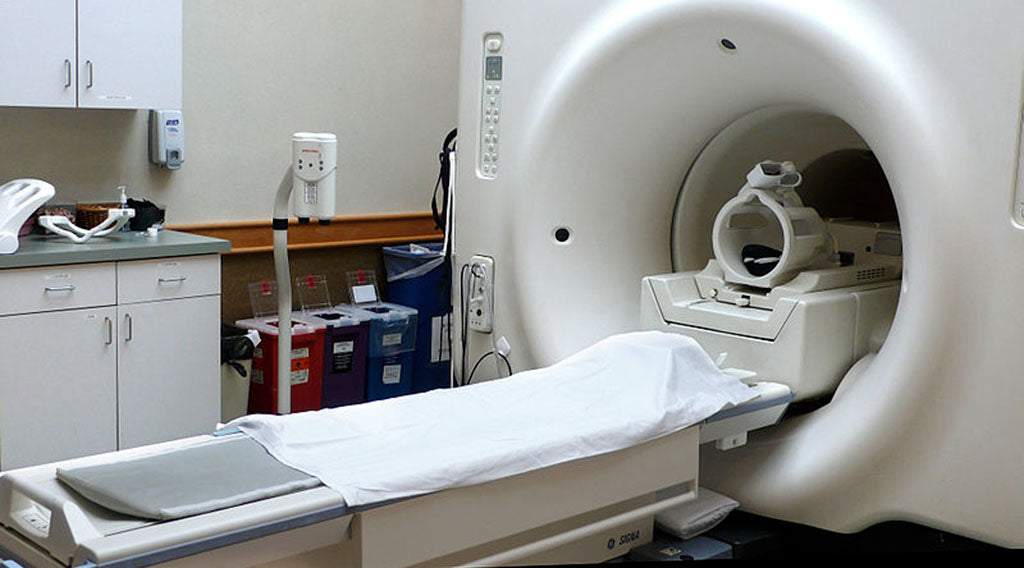
Magnetic Resonance Imaging, or MRI is a medical imaging test doctors perform that allows them to look inside the body without using harmful radiation or X-rays. While MRI scans are safe, it is important that an MRI room oxygen sensor is used with the MRI scanner.
What is an MRI Scanner?
MRI Scanners use a large magnet and radio waves to look inside the human body. The powerful magnetic field aligns subatomic particles inside the body. Radio waves detect this alignment to produce signals that are read by the scanner. The signals are computer processed to produce images inside the body.
What is an MRI Room?
Each MRI scanner is installed in an empty, closed room in a hospital for safety. The magnet in an MRI scanner is thousands of times more powerful than an ordinary magnet. Something as small as a pin could become a lethal projectile when the magnet is energized. Therefore, loose metal objects must not be in the room near the magnet when it is turned on (watch this YouTube video for an example). In addition people with bullets, shrapnel, a pacemaker or some metal joints cannot have an MRI scan.
Liquid Helium in MRI Scanners
An MRI machine uses coils of copper wire to produce a magnetic field. To create the strongest possible field, the coils are cooled to near zero degrees to become super conductive. This is accomplished by enclosing the copper wire coils in a bath of liquid helium. Liquid fluid has a temperature of -269°C or -452°F. At this low temperature, helium is a cryogenic gas.
MRI Room Safety
In addition to the potential danger of the strong magnets in an MRI scanner, a sudden increase in helium as the result of a gas leak will quickly lower the oxygen level in the MRI room.
For example, an average MRI machine utilizes 1,700 liters of helium, and must be regularly topped off as helium escapes the system. 1 liter (0.26 gallons) of liquid helium, if vented or leaked into the MRI room will become 26.6 cubic feet (0.74m³) of helium gas at room temperature.
Helium is a colorless and odorless gas not easily detected by the patient or staff. A liquid helium leak in an MRI room, while not likely, is an important cause for concern. Learn more about the dangers of oxygen deficient spaces.
MRI Room Oxygen Monitor
To guard against low oxygen levels, an MRI room oxygen sensor like this Oxygen Gas Detector is required. The oxygen sensor has an audible and visual alarm that warns occupants if a gas leak occurs and oxygen levels get too low.
A remote display notifies hospital staff of the oxygen level before entering the MRI room. The oxygen deficiency monitor and alarm can monitor areas remotely by connecting it to the hospital’s HVAC system, or can notify emergency first responders of a gas leak.
Sources:
https://medlineplus.gov/mriscans.html
https://www.nibib.nih.gov/science-education/science-topics/magnetic-resonance-imaging-mri
https://summitsourcefunding.com/helium-used-mri-machines/
Image courtesy of Liz West via Creative Commons







